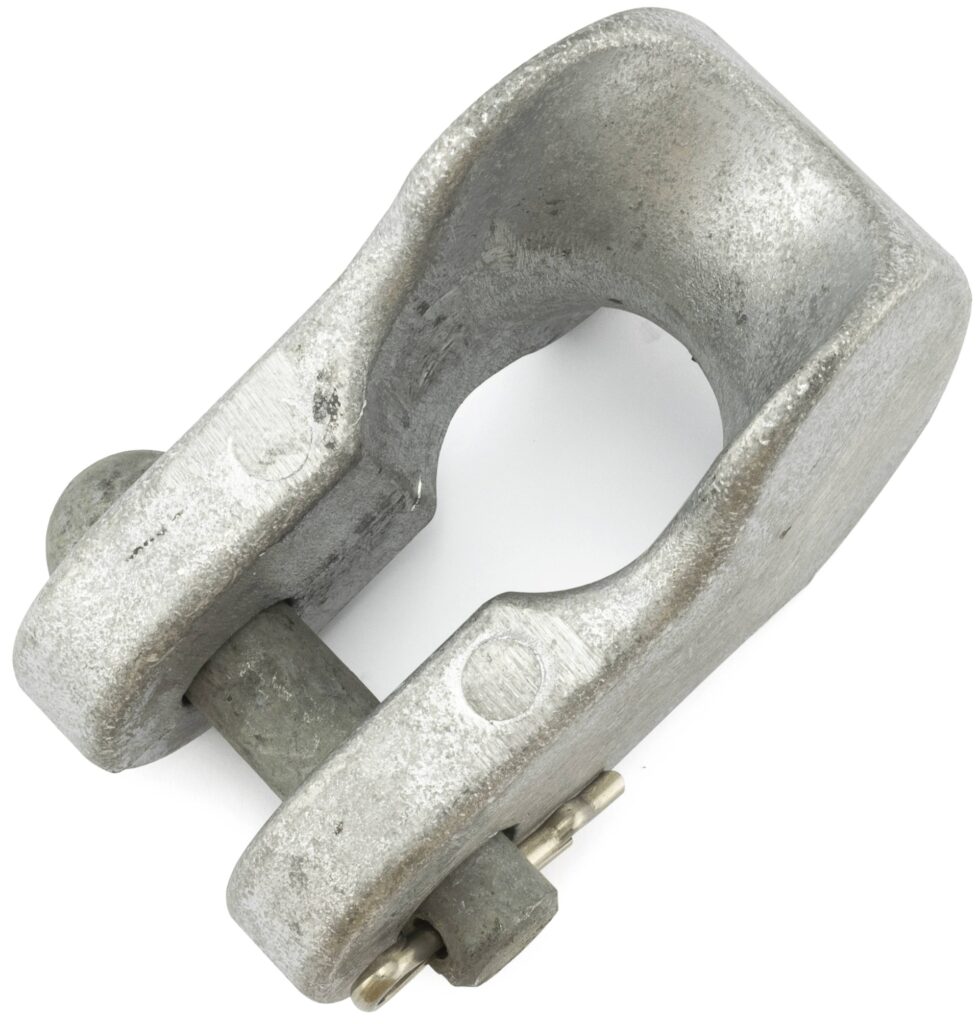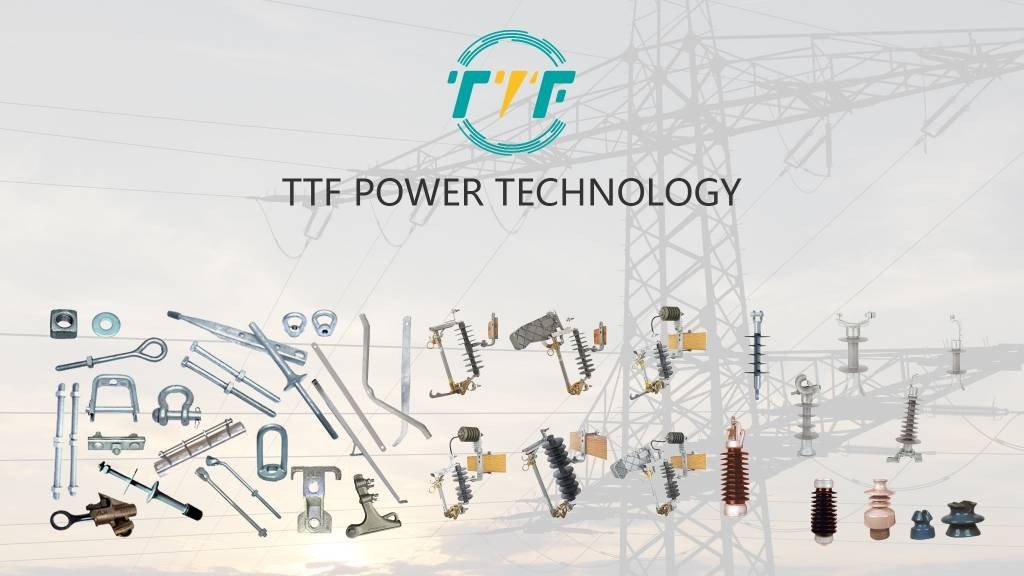
South America has plenty of natural resources that could help cut carbon emissions. Carbon capture, utilization, and storage (CCUS) technologies have the potential to assist the region reach a net-zero future. These technologies have the potential to help the mining, cement, and steel sectors reduce their carbon emissions. This can improve energy security and open up new economic prospects in the region. Countries such as Brazil, Chile, Argentina, and Colombia have already implemented some of these technology. The technologies include pre-combustion, post-combustion, bioenergy with carbon capture and storage, and carbon storage in geological reservoirs. South America should try to maximize the potential of this technology. The region will need to overcome financial, regulatory, and infrastructure constraints through concerted government efforts. A thimble clevis aids in the connection of cables used in pipeline construction and repair.
Thimble clevis is an essential component in the development and upkeep of CCUS facilities. The thimble clevis is a mechanical component found in power transmission and distribution systems. It links insulators, conductors, and transmission devices to protect the electrical grid. Thimble clevises help CCUS infrastructure by providing a consistent, uninterrupted power source for carbon capture, compression and transport, and storage and injection. Thimble clevis secures the electrical infrastructure that supports South America’s CCUS projects. They enhance grid resilience, ease renewable energy integration, and can tolerate extreme conditions. A thimble clevis has the ability to strengthen grid infrastructure and ease smart grid integration. However, they confront obstacles including as aging power systems, extreme weather and corrosion hazards, and infrastructure investments.
The use of a thimble clevis in carbon capture and storage solutions
A thimble clevis ensures the integrity of power transmission and distribution networks. These are critical for enabling CCUS technology and advancing South America’s net zero objectives. They contribute to the integrity of electrical infrastructure by enabling the incorporation of renewable energy. They also help to decarbonize industrial processes and develop carbon utilization technology. The following are the functions of a thimble clevis in CCUS solutions for South America’s net zero targets.

- Industrial decarbonization—industrial facilities adopt CCUS technologies, which causes the need for a stable and efficient power supply. Thimble clevises help maintain the integrity of power transmission lines.
- Carbon utilization—a thimble clevis delivers power to carbon utilization technologies like electrochemical conversion of CO₂ into fuels. For instance, Chile is exploring the production of e-fuels using green hydrogen and captured CO₂.
- Carbon storage monitoring—CO₂ monitoring needs electrical equipment like sensors and communication systems. Thimble clevises maintain the integrity of power lines supporting these components.
- Green hydrogen production—a thimble clevis helps ensure the power line delivering renewable electricity to electrolyzers is secure and efficient. Green hydrogen can combine with captured CO₂ to produce synthetic fuels or chemicals.
- Renewable energy integration—a thimble clevis secures insulators and conductors in power lines and ensures reliable transmission of electricity. Renewable energy powers carbon capture technologies such as direct air capture. Thimble clevises ensure reliable electrical infrastructure and ensures that renewable energy can be delivered to CCUS facilities.
The Advantages of CCUS Solutions for South America’s Net Zero
Carbon collection, use, and storage assist South America as it attempts to achieve net zero emissions. The technology has the potential to reduce emissions in industrial areas while also creating new economic opportunities. These technologies have the potential to repurpose natural resources, stimulate international collaboration, and address critical issues. This might help South America become a leader in the worldwide transition to a low-carbon economy. At TTF Power, we are a one-stop-shop for utility pole hardware fittings, transmission line accessories and power line construction equipment. We provide our customers with the most extensive range of products in the industry, excellent value and knowledgeable service. The advantages of carbon capture, utilization, and storage systems in South America are as described below.

- Decarbonization—CCUS solutions can reduce emissions from industries such as cement, steel, chemicals, and fossil fuel-based power generation. It also helps reduce the reliance on fossil fuels such as coal and natural gas.
- Economic opportunities—CCUS creates economic opportunities and jobs supporting sustainable development. It can also create new markets and revenue streams.
- Energy security—these technologies can enhance energy security by reducing reliance on imported fossil fuels and creating domestic energy solutions.
- Supporting a fair transition—CCUS can ease a fair transition by allowing industries to continue operating in a low-carbon manner. The technologies can drive economic development in regions with existing energy infrastructure to support a fair transition.
